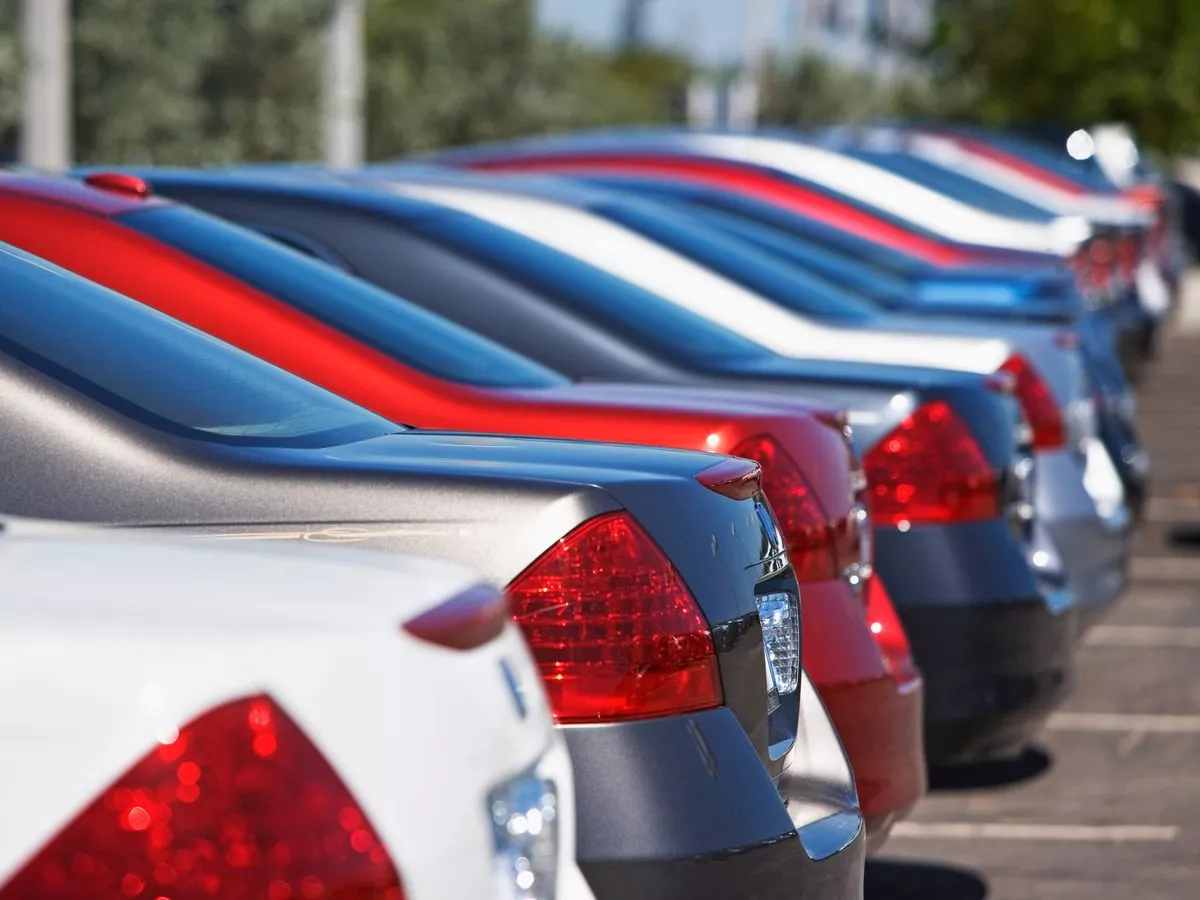Copyright dailyrecord

Drivers are calling for action over the glare from oncoming headlights, which many say is making roads more dangerous. This has prompted fresh calls for the UK government to review the design for current cars and headlamps . Specifically, drivers have said that a common issue in modern cars is LED headlamps which is making driving at night tricky. According to BBC News , "research into the issue on behalf of the Department for Transport (DfT) has still not been published, but the BBC has learned that the government now plans to launch a new assessment of the causes and remedies." With fresh calls and concerned drivers making headlines, experts at RAC Drive have cautioned drivers on what to do if they are in this situation. Here's what you need to know . Unlike the softer glow of traditional halogen bulbs, LED headlights emit a whiter, sharper and more intense light. The problem becomes more noticeable as winter approaches and with the clocks having just gone back, more and more drivers will, of course, find themselves driving in the dark as early as 4pm. According to the RAC, their comprehensive research , conducted earlier this year, found 1 in 3 drivers found vehicle headlights too bright and are driving less as a result. In fact, a further 22% said they wish they could, but that they have no choice other than to drive at night. To reduce the effects of headlight glare at night, The College of Optometrists urges drivers to try these tips to ensure safer driving. RAC senior policy officer Rod Dennis said: “Unfortunately, for a lot of drivers, the annual onset of darker evenings coincides with another unwelcome arrival – that of overly-bright headlights that they believe make driving more difficult due to dazzle and discomfort. “While most of us have no choice other than to adapt to driving at night more often as the clocks go back, the fact headlight glare is the leading cause of nervousness underlines it’s a problem that needs tackling. At the same time, it’s important to remember that brighter headlights can give drivers a better view of the road ahead – so there’s a balance to be struck. “We look forward to the publication of the Government’s report and hope that it helps explain why so many drivers report struggling to cope with dazzling headlights – whether that’s due to changes in technology, the fact more of us than ever are driving vehicles that sit higher on the road, or for some other reason. We also hope it comes with recommendations that lead to road users feeling safer behind the wheel at night.” Denise Voon, clinical advisor at The College of Optometrists, added: “Patients are telling us more frequently that headlight glare from oncoming vehicles is affecting their ability to see clearly while driving, particularly at a time when brighter LED headlamps and larger SUV-type vehicles have become more common on the roads. "We look forward to the findings from the government’s headlight glare research project and hope this evidence enables the industry to find a solution that will reduce headlight glare and make driving at night safer for everyone. “We also remind drivers to always wear their prescribed glasses or contact lenses for driving, including at night, and we urge anyone experiencing issues with their vision while driving to contact their local optometrist for advice.”



